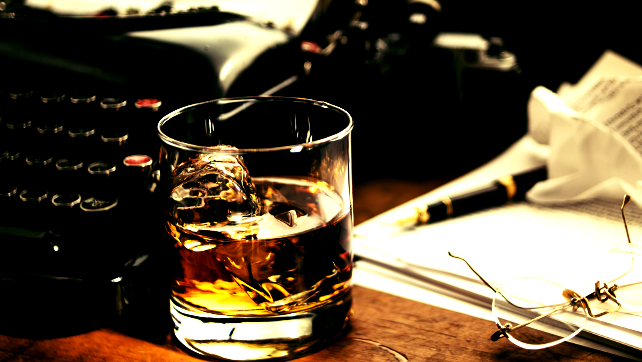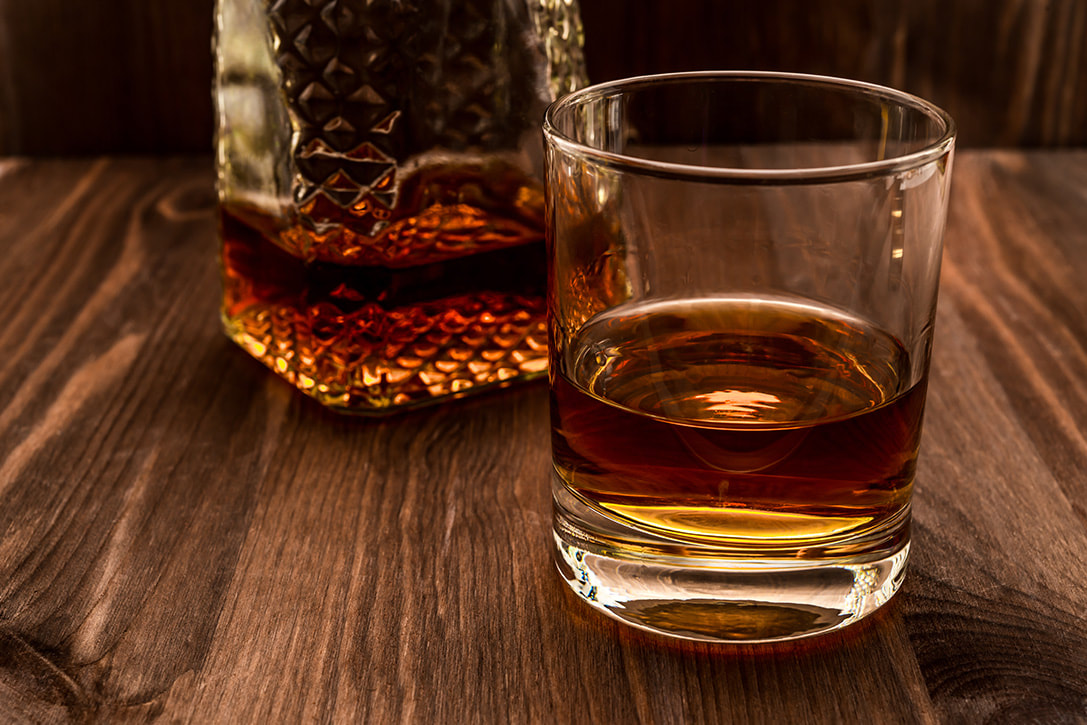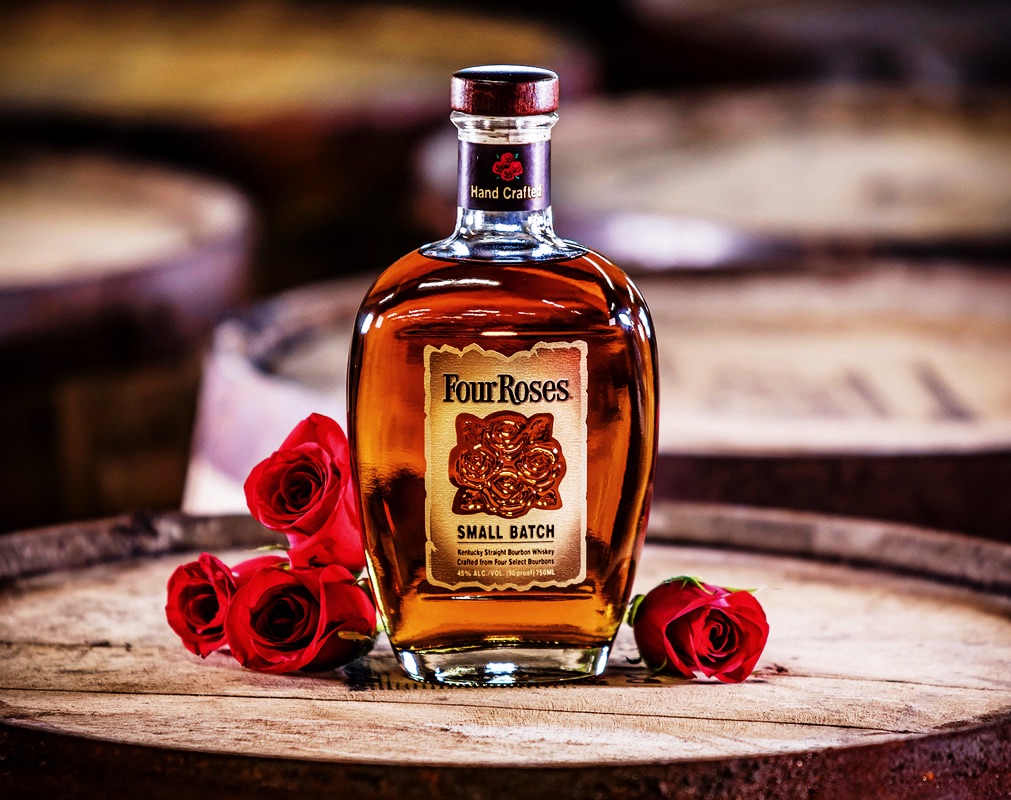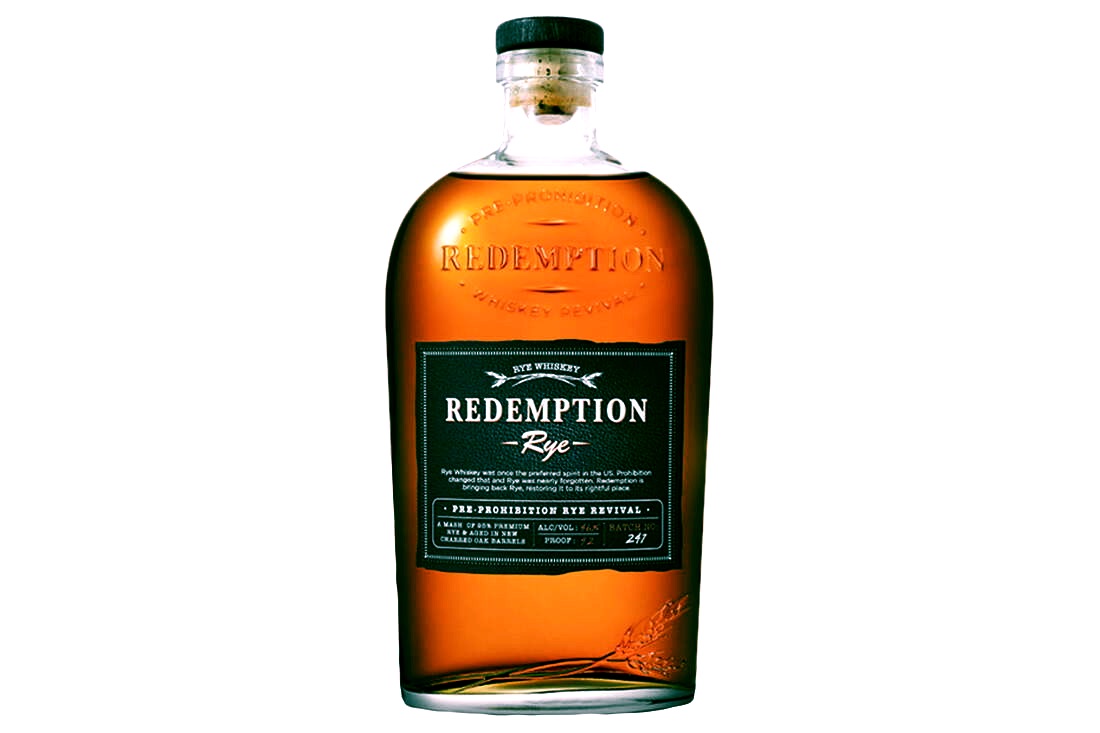|
Recently I was blessed to be able to spend my Thanksgiving week with my family in Maine. While there I caught up with my siblings, rekindled family bonds, sang a lot of songs, and drank whiskey.
Now, to be honest, I'm not a heavy drinker. In fact, no beer has ever sit well with me, pushing me to avoid the stuff altogether. Instead, mead and hard cider, like a good Strongbow, would be my choice if that's all I had available. Most wines make me cough (and why does my taste have to be "acquired" to enjoy something?), and if anything has added spices without masking, I'll likely be in pain all night. Due to my physiological oddities, many hard liquors mess me up royally, and the burn of a whiskey can get pretty overzealous toward my esophagus. However, with my recent studies in amateur mixology, palette, and professional Drinking and Dragons offerings, I have become FASCINATED with the process of making liquors, mixing crazy-cool themed drinks, and understanding the subtle elements and hues inherent in a decent drink. It is an exploration of gastronomic chemistry, flare, creativity, visual aesthetic, and uncovering the mystery of a perfect buzz. Embarking on this journey might be hazardous to my health if I'm not careful, but a true gentlemen must understand his liquor, and a true barkeep, no matter his preferences, must know how to handle his casks. So. Welcome to my dreamland tavern, The Moonriver Bar, and to our first exploration of a gentleman's drink. In order to get a better feel for this world, I can think of no better place to tread than the industry standard: the three main Whiskeys - Scotch, Bourbon, and Rye. But How Is Whiskey Made?
Whiskey is made from distilling a fermented grain mash. This mash is made out of malt barley and other grains of choice. The combinations of grains used is called a “mash bill.” Water and heat is added to the mixture, which creates sugar that eventually ferments into alcohol. All of these grand liquors are sugar-based. Keep that in mind.
This mix is ultimately distilled or selectively evaporated to separate the spirits from the mash, and is stored in wooden casks to be aged. All whiskeys come out clear. The brown and gold colors are born from the barrels they are aged in and for how long. The type of whiskey changes depending on which grain is used, how it is distilled, what type of cask it is placed inside, and how long it is aged for. Subtle changes in any part of the process can have large impacts on the whiskey’s flavor, as you'll see below. Scotch Whiskey
The golden pour of a simple scotch into a small glass adorned with a handful of ice cubes, nestled in the weathered and gentle hands of my father as he regards the shifting embers in the fireplace, is a touchstone image burned into my brainstem. I have many memories of the drink on his breath; subtle and distinguished, and no memory of him EVER having too much of a single thing. He'd never tarnish the whiskey with a distinct pairing; something beautiful in its simplicity. He boasts to have a heavy pour, but that's just cuz he likes the taste; it is the thing he drinks most, as far as my memory serves growing up, and judging by the stockpile in his basement, he'll drink it much more.
FLAVOR AND FEEL Scotch is a surprising whiskey. Of the three on this list, it is one that really emphasizes the malt, which should mean something. Malting is a process of steeping quality barley and setting them to germinate, sometimes tossing into the air (huh!). Enzymes are then activated during mashing, turning the starch into sugar (there it is!), and then drying in a kiln stops the germinating process. There's a lot more going on here that I'll get into later, but what I'm going for is how does this stuff taste. ...It's bright. And somehow empty. And neither of those are bad things. It's often a bright gold, and though Scotch requires at least 3 years to mature, with most taking 8-12 years, and the essential oils from the malted barley keep the flavor particularly unique. There IS a bite to it, and a burn like whiskey, but I found it to be so much less of a kick in the face. It's smokey, and satisfying, yet still light enough to not kill my sensitive stomach. PAIRINGS My father will swear on straight Scotch and ice any day of the week, while my mother hits the classic Scotch and Soda (actually Scotch and seltzer) with ice. I propose a few other simple pairings. Scotch and Ginger - Ginger Ale or Ginger Beer, both will net you a smoother and sweeter effervescent feeling. Plus, the added sugar will help mask some of the sharp burn going down. Amaretto and Scotch - the simple hazelnut flavor and smooth, sweet flow of the Amaretto compliments the bright Scotch very well. Add in a little cranberry liqueur or just some straight cranberry juice and call it a day. PERSONAL TASTE My father's Scotch is only the second whiskey I've ever drank in an evening, and I was surprised by it's bright profile. Unlike Bourbon, which has a syrupy, burnt quality to it, the Scotch was somehow more hollow. Like I kept waiting for the big kick, and when I didn't get one, I was left taking another sip. Then another. I'd add some juice; another sip. Add some ice; another sip. I finally settled on mixing it with my new favorite rum, Oakheart, with a splash of seltzer and some ice. Scotch makes me very curious. I want it on my shelf because each sip I take brings forth a new possibility in the grand weave of mixes and bases. There's a lot I can do to pair this with simple ingredients that will transform the experience into something truly special, and I am very excited to keep tweaking my personal recipe, until I can find what I would consider my "Asher"; something to sip on while I write and world-build. Plus, it's great to have around whenever my father, the epitome of a distinguished gentleman, wants to come visit my den. Bourbon Whiskey
FLAVOR AND FEEL
Bourbon is a whiskey derived from a majority corn mash. Traditional whiskeys tend toward a 70% corn, 15% rye, and 15% barley mash bill, and other styles will adjust those numbers around. It's also a "young" whiskey, requiring only 2 years of maturing to be considered a "straight whiskey." I was chuckled at the first time I tried my Four Roses bourbon. I had only had Fireball (a lovely Cinnamon Whiskey) before, and it was already in one of my recipes. I go by smell first, just to get an idea, and the Cinnamon really spoke to me. Four Roses was equally as smooth, and unlike the scotch, had some body to it. Subtle undertones of burnt barrel, sweet tastes, and strong ember smoke. This is a man's drink. So of course it made me hack on the floor. :) PAIRINGS If you're like me, I cannot recommend drinking straight bourbon, though many will do so happily. Instead, I offer these simple pairings. Bourbon, Amaretto, and Coke - you're bound to see a fair amount of my staple drink in pairings with Bourbon. Bourbon burns, so the carbonation and hazelnut smoothes it out. Still guaranteed to make ME cough, this should smooth it out for the rest of you. Bourbon and Sherry Wine - garnish with an orange slice and a drop of bitters. Have fun. Apple Cider, Bourbon, and Sprite - try it out. Might be more refreshing than you think. PERSONAL TASTE Though my first experience drinking this stuff straight sent me into a fit of coughing, its darker palette is intriguing to explore. Four Roses Small Batch is my stand-by for bourbon, and for good reason. There's a great depth of flavor, and when I mix it with Ginger hues it only brings it out more. I mix with it a lot more than I thought I would, which also makes knowledge of it inherently lucrative. ;) Rye Whiskey
FLAVOR AND FEEL
In case you haven't guessed, Rye Whiskey is made from majority rye (at least 51%, but doesn't go much higher than that), with the remainder in corn and barley. This shift in the mash bill makes for a spicy taste, so a lot more bite for me, and a drier finish. And, unlike bourbon, that doesn't seem to do much the longer it ages, rye becomes more subtle while still maintaining its signature bite-you-in-the-face. PAIRINGS Since spice is the main defining feature in a rye whiskey, might I suggest these simple pairings. "Ward" - Orange Juice with a splash of Grenadine, and a few oz of rye. Yum. Rye and Ginger Ale - commonly called a Highball. Who knew. Rye, Pineapple, and Cranberry - Rye and two juices. Fruity sugar to augment the dry spice. Good stuff. PERSONAL TASTE Now I admit to be the least experienced with Rye out of not only these three, but also most of my shelf. This fact is, however, changing. And rye, so far, feels closest to the parallel of the Fireball without the cinnamon spike, so I jump at the chance to substitute it into some of those fiery recipes to observe what changes.
Now, an epilogue of note.
I am not a certified bartender (yet), I just play one at your table, and though I know more than the average owlbear, anything I have expressed here today is represented by my own opinion, research, and experience. My suggested pairings are merely suggestions. Try them and adjust them as you like. Just as my palette tends to run more sweet than sour, others may love or hate the pairings I've given. But every drink I try and every sip I take is a chance for learning. If YOU decide to try any of my simple pairings, I'd love to know what your experience is! Any input allows me to better my craft, and better your experience at my drunk table. Be merry at the Moonriver, and sleep well. See you next time. -Adamus
Help me stay awake so I can keep serving you drinks.
0 Comments
Leave a Reply. |
Adam SummererProfessional Game Master musician, music teacher, game designer, amateur bartender, and aspiring fiction author. Honestly, I write what I want when I want. Often monster lore, sometimes miniature showcases, and the occasional movie/show review.
Archives
April 2024
Categories
All
|




 RSS Feed
RSS Feed